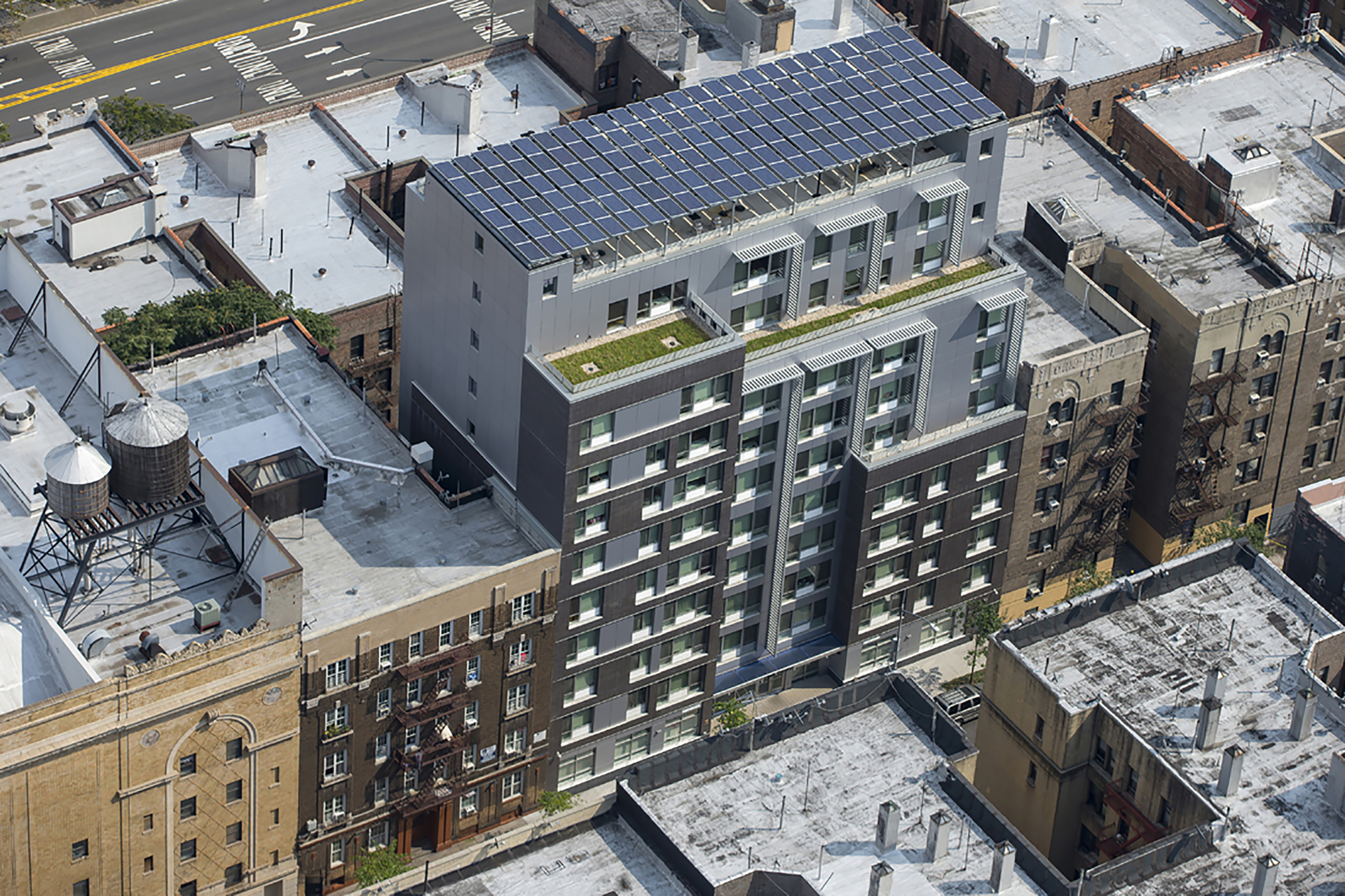SPI Sneak Preview: Solar + Storage: Lessons from Two States
Sunday, Sep 22 2019

Energy storage deployments are growing in the United States, according to recent Energy Storage Monitor reports from Wood Mackenzie and the Energy Storage Association. And states such as New York and Massachusetts require effective, aggressive solar + storage strategies due to weather patterns that necessitate special attention to resilience.
Thanks to new policy developments, these two states will be testing grounds for wide-scale storage deployment and show how to meet customer and grid needs. Storage deployment at a state-wide scale cannot be one-size-fits-all. Instead, deployment must include solutions for a wide variety of customer types. The lessons from early storage deployments will shape future policies and ensure systems are designed to support a clean energy future.
Massachusetts
In 2018 Governor Baker and the Massachusetts Department of Energy Resources launched the Solar Massachusetts Renewable Target (SMART) program. SMART is an initiative that supports cost-effective, distributed solar with incentives, including storage-paired solar production. While the program must expand to keep pace with consumer demand, the SMART interconnection pipeline already includes 130 megawatts of storage and small systems. Massachusetts also set a target to achieve 200 megawatt-hour storage by January 1, 2020 through its Energy Storage Initiative.
Massachusetts is also finalizing a Clean Peak Standard, which ensures a larger percentage of peak-hour electricity comes from clean energy sources. Under this pending regulation, customers are rewarded for activities such as battery storage.
New York
New York’s plan to generate 100 percent carbon-free electricity by 2040 requires more storage capacity. So far, storage projects have been sporadic. But new funding known as a ‘bridge incentive’ could spur early growth in the market. The state also launched several projects specifically on Long Island, including a $55 million storage investment and program that rewards customers for deploying their batteries to reduce demand during key times.
Looking Ahead
One key trend to watch is the orientation of the solar + storage market toward larger, front-of-the-meter projects. New York and Massachusetts designed elements of their incentive programs to promote larger-scale storage growth so their systems can handle future renewable power needs.
Storage needs a clear path to interconnection, as any regulatory delay can interfere with project financing. In 2013, the Federal Regulatory Commission explicitly excluded energy storage systems from standards required of ‘small energy generating facilities,’ but without a full-scale review of existing energy standards, there is a chance rules intended for other types of resources will hold back storage projects.
But interconnection must be designed with the understanding that different storage devices are used differently. Residential adopters typically use stored energy to power their homes at night or on cloudy days, while utility-scale storage is designed for injection into the grid.
As more states explore policies similar to Massachusetts and New York, they will need to address financing, interconnection, and ways to encourage residential storage adoption.
I look forward to discussing these issues about the future of solar and storage during the panel discussion “Great Expectations: How Big will MA and NY Solar + Storage Applications Scale?” at Solar Power International (SPI) in Salt Lake City on Tuesday, September 24 at 11:00 AM MT.
This post is one of a series of SPI Sneak Previews written by staff at the Solar Energy Industries Association. To read other posts in this series or to find out what else SEIA has planned for Solar Power International and North America Smart Energy Week, visit our website at seia.org/spi.